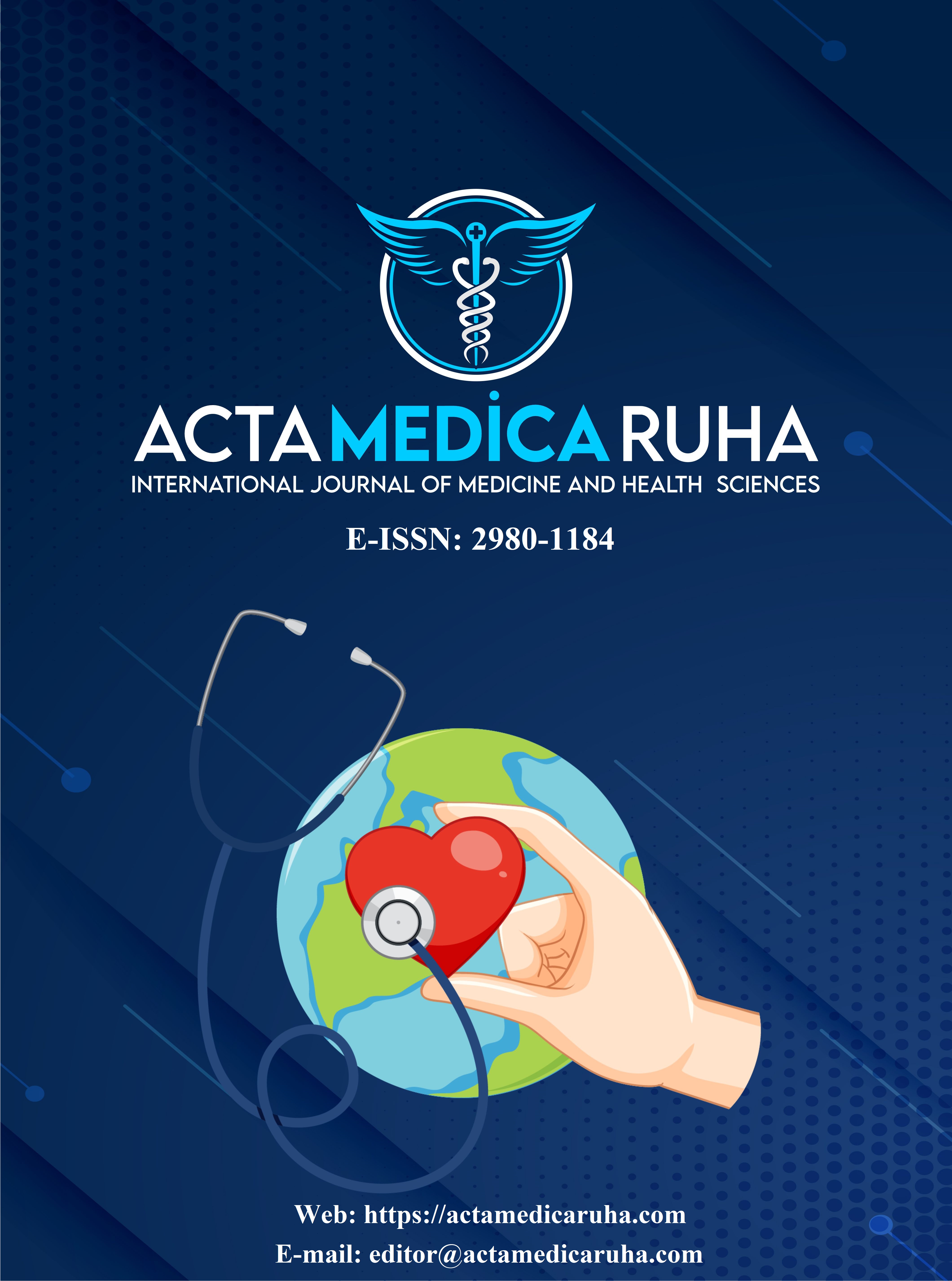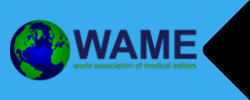Social Pressures Against Breastfeeding Women During Breastfeeding: Breastfeeding Bullying
Research Article
DOI:
https://doi.org/10.5281/zenodo.15652870Keywords:
Breastfeeding Pressure, Social Pressure, Breastfeeding BullyingAbstract
Introduction: Studies on mothers' breastfeeding experiences report that they perceive pressure to breastfeed. Mothers who feel pressured to breastfeed may see themselves as bad parents and feel guilty, ashamed, and embarrassed when they do not breastfeed.
Objektive: In this study, we aimed to investigate the frequency and nature of social pressure towards breastfeeding from the immediate environment of breastfeeding women.
Method: The study is cross-sectional. The population of the study consisted of mothers with infants aged 0-24 months who were registered to Family Health Centers (FHC) in Haliliye district of Şanlıurfa province. Five FHCs were selected using simple random sampling method. After the pilot study, the sample size was calculated as 311. 'Questionnaire on social pressure towards breastfeeding' was used as a data collection tool.
Results: 66.9% of mothers were exposed to social pressure during breastfeeding. Women with higher education level, who were employed, and who had 2 or less children were exposed to more social pressure (p=0.01, p=0.01 and p=0.01, respectively). In the logistic regression model, high school education and above increases the social pressure experienced during breastfeeding by 5.8 times and the number of children with 2 or less children by 1.7 times. 47.27% of the participants stated that they were subjected to social pressure by their mother-in-law, 29.90% by their husbands, 17.04% by their neighbors and 17.04% by their friends.
Conclusion: It is common for women to experience social pressure to breastfeed during breastfeeding. The actors of this pressure experienced by women are mostly mothers-in-law and husbands. Identifying and raising awareness of the social pressures women experience towards breastfeeding can improve breastfeeding success and duration.
References
Andreas NJ, Kampmann B, Mehring Le-Doare K. Human breast milk: A review on its composition and bioactivity. Early Hum Dev. 2015;91(11):629-635. doi:10.1016/j.earlhumdev.2015.08.013
WHO. (2018). Guideline: Counselling of women to improve breastfeeding practices. World Health Organisation. https://www.who.int/publications/i/item/9789241550468/ (Access date:25.10.2024)
Emmott, E. H. Improving Breastfeeding Rates: Evolutionary Anthropological Insights for Public Health. Cambridge: Cambridge University Press. 2023.
Chowdhury R, Sinha B, Sankar MJ, et al. Breastfeeding and maternal health outcomes: a systematic review and meta-analysis. Acta Paediatr. 2015;104(467):96-113. doi:10.1111/apa.13102
Tschiderer L, Seekircher L, Kunutsor SK, Peters SAE, O'Keeffe LM, Willeit P. Breastfeeding Is Associated With a Reduced Maternal Cardiovascular Risk: Systematic Review and Meta-Analysis Involving Data From 8 Studies and 1 192 700 Parous Women. J Am Heart Assoc. 2022;11(2):e022746. doi:10.1161/JAHA.121.022746
Uvnäs Moberg K, Ekström-Bergström A, Buckley S, et al. Maternal plasma levels of oxytocin during breastfeeding-A systematic review. PLoS One. 2020;15(8):e0235806. Published 2020 Aug 5. doi:10.1371/journal.pone.0235806
Lee E, Furedi F. Mothers' experience of, and attitudes to, using infant formula in the early months.Canterbury, UK: School of Social Policy, Sociology and Social Research, University of Kent. 2005.
Murphy E. ‘Breast is best’: Infant feeding decisions and maternal deviance. Sociology of Health & Illness, 1999;21: 187-208. https://doi.org/10.1111/1467-9566.00149
Marshall JL, Godfrey M, Renfrew MJ. Being a 'good mother': managing breastfeeding and merging identities. Soc Sci Med. 2007;65(10):2147-2159. doi:10.1016/j.socscimed.2007.06.015
Schmied V, Barclay L. Connection and pleasure, disruption and distress: women's experience of breastfeeding. J Hum Lact. 1999;15(4):325-334. doi:10.1177/089033449901500410
Perrine CG, Scanlon KS, Li R, Odom E, Grummer-Strawn LM. Baby-Friendly hospital practices and meeting exclusive breastfeeding intention. Pediatrics. 2012;130(1):54-60. doi:10.1542/peds.2011-3633
Knaak SJ. Contextualising risk, constructing choice: Breastfeeding and good mothering in risk society. Health, Risk & Society. 2010;12(4):345-55. https://doi.org/10.1080/13698571003789666
Schmied V, Lupton D. Blurring the boundaries: breastfeeding and maternal subjectivity. Sociology of health & illness. 2001;23(2):234-50. https://doi.org/10.1111/1467-9566.00249
Wall G. Moral Constructions of Motherhood in Breastfeeding Discourse. Gender and Society. 2001;15(4):592-610. http://www.jstor.org/stable/3081924
Thompson KA, White JP, Bardone-Cone AM. Associations between pressure to breastfeed and depressive, anxiety, obsessive-compulsive, and eating disorder symptoms among postpartum women. Psychiatry Res. 2023;328:115432. doi:10.1016/j.psychres.2023.115432
Regan S, Brown A. Experiences of online breastfeeding support: Support and reassurance versus judgement and misinformation. Matern Child Nutr. 2019;15(4):e12874. doi:10.1111/mcn.12874
Sheehan A, Schmied V, Cooke M. Australian women's stories of their baby-feeding decisions in pregnancy. Midwifery. 2003;19(4):259-266. doi:10.1016/s0266-6138(03)00037-8
Swanson V, Power KG. Initiation and continuation of breastfeeding: theory of planned behaviour. J Adv Nurs. 2005;50(3):272-282. doi:10.1111/j.1365-2648.2005.03390.x
Dykes, F.C. Feeling the Pressure—Coping With chaos: Breastfeeding at the End of the Medical Production Line. University of Sheffield [PhD Thesis]. 2004. https://etheses.whiterose.ac.uk/12840/.
Pope CJ, Mazmanian D. Breastfeeding and Postpartum Depression: An Overview and Methodological Recommendations for Future Research. Depress Res Treat. 2016;2016:4765310. doi:10.1155/2016/4765310
Ystrom E. Breastfeeding cessation and symptoms of anxiety and depression: a longitudinal cohort study. BMC Pregnancy Childbirth. 2012;12:36. Published 2012 May 23. doi:10.1186/1471-2393-12-36
Phillips WL, Keim SA, Crerand CE, Jackson JL. Maternal Obsessive-Compulsive Symptoms and Infant Feeding Practices. Breastfeed Med. 2022;17(3):259-268. doi:10.1089/bfm.2021.0062
Rodgers RF, O'Flynn JL, Bourdeau A, Zimmerman E. A biopsychosocial model of body image, disordered eating, and breastfeeding among postpartum women. Appetite. 2018;126:163-168. doi:10.1016/j.appet.2018.04.007
Marques E, Cotta R, Alves Magalhães K, Sant'Ana L, Gomes A, Siqueira-Batista R. A influência da rede social da nutriz no aleitamento materno: o papel estratégico dos familiares e dos profissionais de saúde. Ciencia & Saude Coletiva- Cıenc Saude Coletıva. 2010;15. https://doi.org/10.1590/s1413-81232010000700049
Pakseresht S, Pourshaban F, Khalesi ZB. Comparing maternal breastfeeding self-efficacy during first week and sixth week postpartum. Electron Physician. 2017;9(2):3751-3755. Published 2017 Feb 25. doi:10.19082/3751
Ngo LTH, Chou HF, Gau ML, Liu CY. Breastfeeding self-efficacy and related factors in postpartum Vietnamese women. Midwifery. 2019;70:84-91. doi:10.1016/j.midw.2018.12.014
Corby K, Kane D, Dayus D. Investigating Predictors of Prenatal Breastfeeding Self-Efficacy. Can J Nurs Res. 2021;53(1):56-63. doi:10.1177/0844562119888363
Mercan Y, Tari Selcuk K. Association between postpartum depression level, social support level and breastfeeding attitude and breastfeeding self-efficacy in early postpartum women. PLoS One. 2021;16(4):e0249538. Published 2021 Apr 2. doi:10.1371/journal.pone.0249538
Korth CX, Keim SA, Crerand CE, Jackson JL. New Mothers' Perceptions of Pressure to Breastfeed. MCN Am J Matern Child Nurs. 2022;47(3):160-167. doi:10.1097/NMC.0000000000000814
Downloads
Published
How to Cite
Issue
Section
License
Copyright (c) 2025 Acta Medica Ruha

This work is licensed under a Creative Commons Attribution 4.0 International License.











